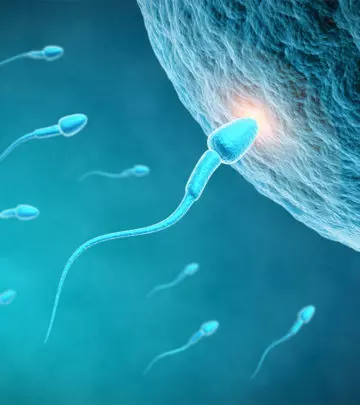
Image: iStock
Remember the global outcry over cloning when we were young? Science has travelled thousands of miles since then. We have seen IVFs increasing and surrogacy picking up pace like never before. We have also read about people freezing their eggs and sperms to use them later in their life, so that their age won’t be a bar to have children.
What’s more, we thought, while the scientists were working on something more amazing than any other fertility options that we heard of so far.
We know that an egg and sperm are two fundamental requirements for creating a new life. But can you imagine a baby being born without them? Well, now is the time we accept that as reality.
Yes, scientists have experimented on mice and discovered an unconventional fertility technique to create babies without sperm or eggs. Perhaps, this could come to be one of the cures for infertility.
Scientists say the technique that is used to create artificial mouse embryos could be used to produce human embryos as well. They say this breakthrough could improvise the research to find the causes of infertility and miscarriage.
The study by a Japanese team, led by Professor Katsuhiko Hayashi from Kyushu University in Fukuoka, used stem cells from embryonic stem cells and the mouse tail to create embryos. The latter were reprogrammed to form induced pluripotent stem (iPS) cells (cells which have the ability to produce any type of cell) and then were coaxed to develop into eggs. The eggs were exposed to a combination of chemicals similar to conditions of an ovary. The eggs were later fertilized outside in a petri dish to form embryos. The scientists then implanted these embryos into female mice, which produced eleven healthy offspring. The study was published in the journal Nature last year.
This is the first time scientists have created mammalian eggs in the lab to produce healthy offspring. If the same procedure works in humans, then it could help cure women suffering from infertility. Women have eggs naturally, but the eggs age with the age of the woman. If the eggs are created from the stem cells, they would be fresh and new and might even produce healthy babies. It could help women who have fewer eggs or those whose ovaries have stopped releasing eggs due to diseases such as cancer.
Dr. Hayashi says, “This is the first time a functional egg has been produced from stem cells in culture which gives us some clue to human egg production from stem cells. We need to now carefully look at the quality of mouse artificial eggs. This kind of quality check will contribute to an application to humans in future.”
Professor Richard Anderson from The University Of Edinburgh believes that approach might be useful to women who have lost their fertility at an early age. It could also provide improvements in more conventional infertility treatments.
However, scientists say that it may take many years before the technique is applied to humans.
Dr. Hayashi wants to try this process in a non-human primate. If the same method is replicated in humans eventually, it could be used to make artificial eggs from male skin cells, increasing the chances of creating babies with two biological fathers. However, this needs to address the ethical issues involved.
The process looks encouraging, but is ineffective and has a high rate of failure. 3.5% of embryos created from IVF matured eggs led to live births, against 62% of embryos created from eggs that matured inside the mouse. It also has the risk of babies developing abnormalities. They had unusual genetic patterns that indicate abnormalities in the baby mice, in spite of looking healthy.
What do you think about this fertility technique of creating embryos without egg and sperm? Do let us know by commenting below.












